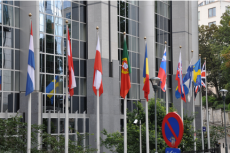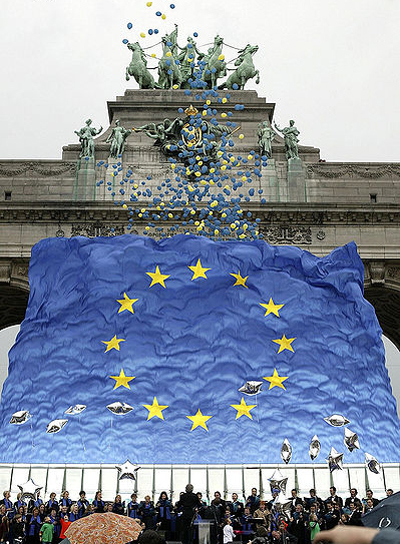The CPD Blog is intended to stimulate dialog among scholars and practitioners from around the world in the public diplomacy sphere. The opinions represented here are the authors' own and do not necessarily reflect CPD's views. For blogger guidelines, click here.

This piece was co-authored by Jan Melissen.
BRUSSELS - European Commission President José Manuel Barroso was right. Had the European Union instead of the United States fallen into partial government shutdown, the world would not have hesitated to use this as an opportunity to berate Europe and its influence as a global leader.
On 1 December 2010, the European Union (EU) inconspicuously launched the new European External Action Service (EEAS). Much of the world was unaware that anything had changed. But despite its quiet beginnings, the EEAS is actually a major innovation in the field of diplomacy as the first supranational diplomatic service of its kind. To be sure, it was not created from scratch. It builds upon the infrastructure of the 136 Commission delegations around the world that were already in place.

How should Europe present itself in this age of smart power and public diplomacy? I suggest three images that Europe could strive to promote to foreign audiences, especially the US.
Unfortunately, Euro-pessimism is on the rise in the United States.
POPULAR ARTICLES
-
June 5
-
June 18
-
June 6
-
June 5
-
June 19
-
May 15
-
June 11
-
June 5
Featured Blogger
Join the Conversation
Interested in contributing to the CPD Blog? We welcome your posts. Read our guidelines and find out how you can submit blogs and photo essays >.








